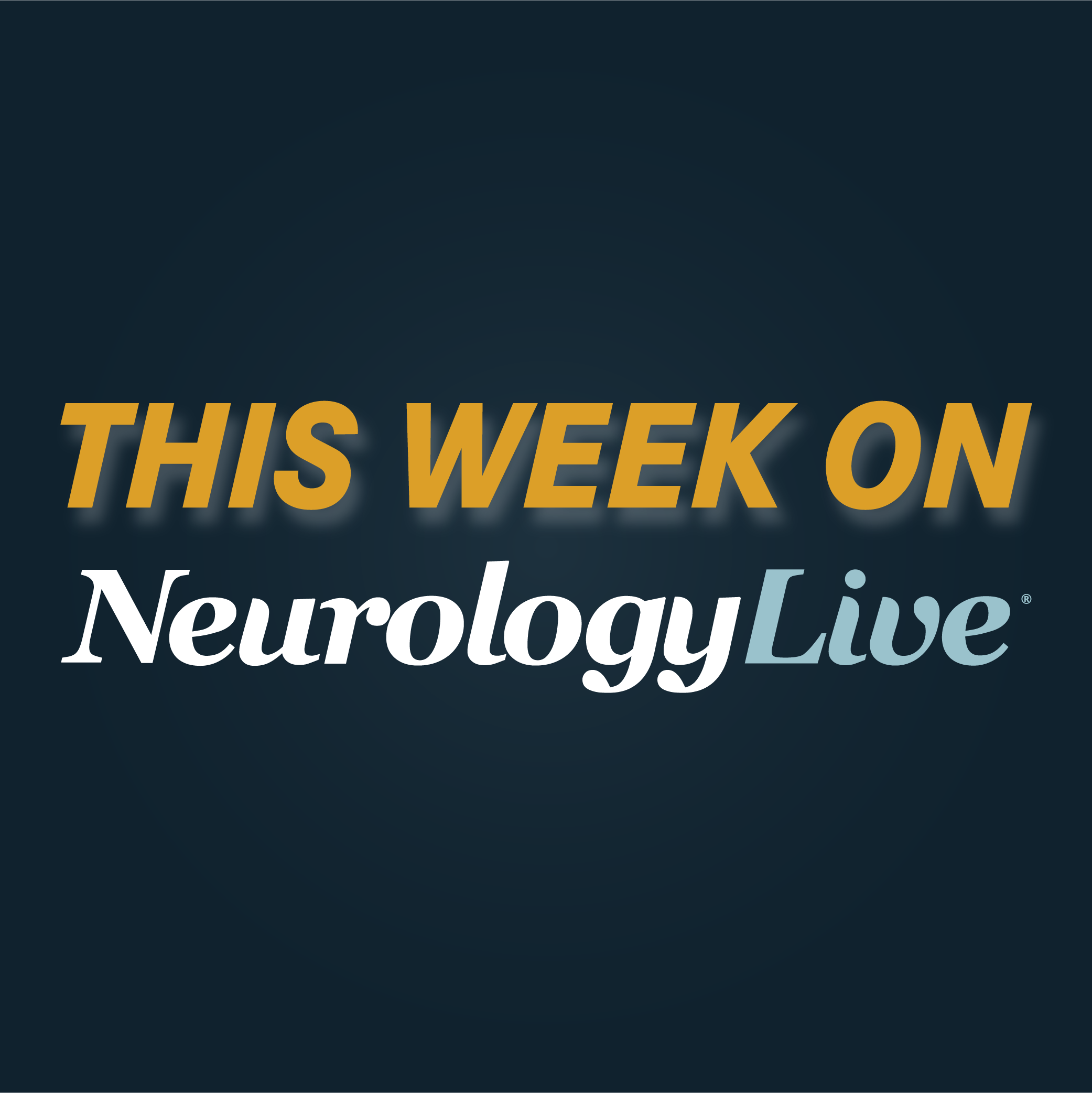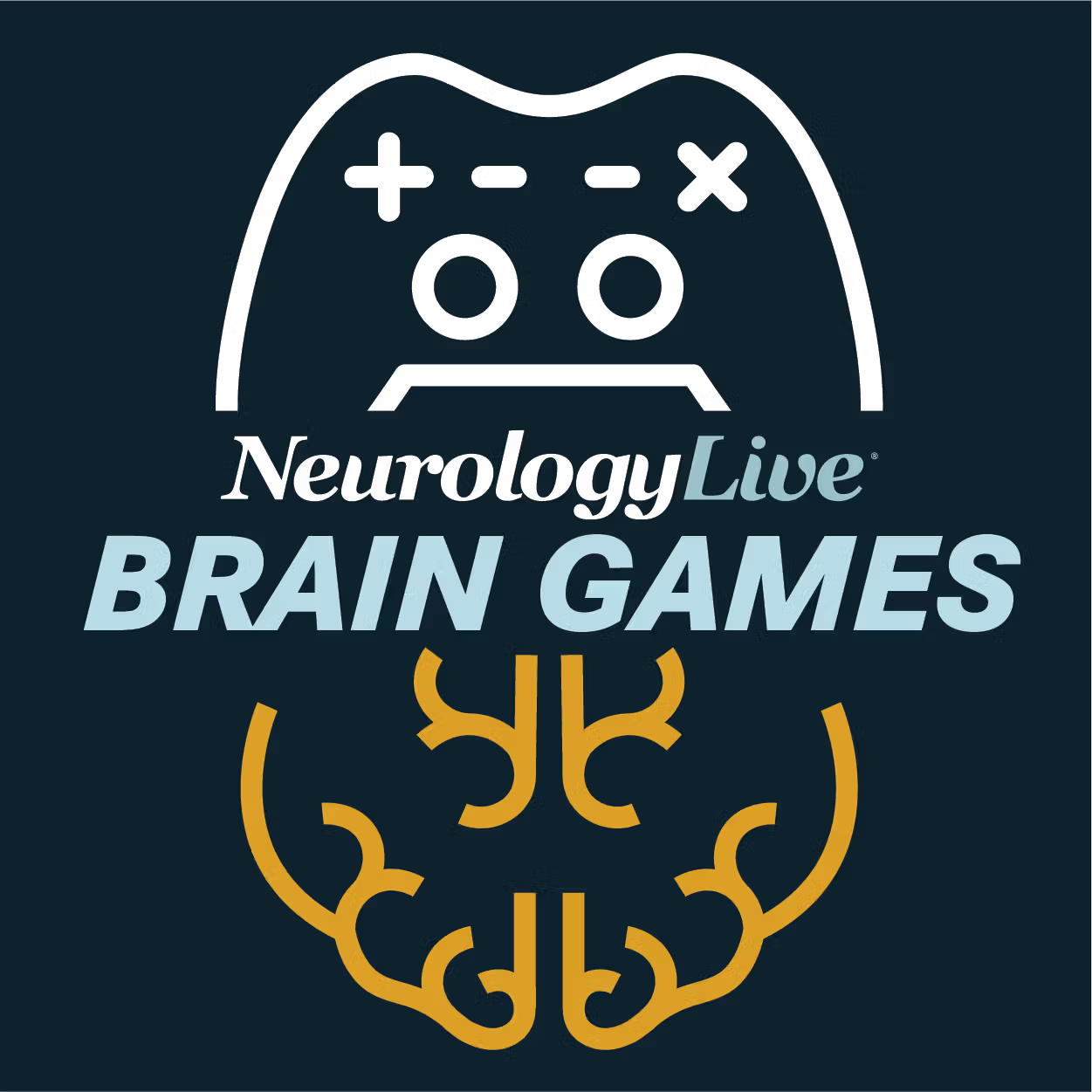Commentary
Video
Exploring Multimodal Approaches to Neural Regeneration: Kuldip Dave, PhD
The senior vice president of research at The ALS Association talked about a multidisciplinary session presented at the 2025 MDA Conference that highlighted diverse strategies for neural repair, from pharmacological targets to noninvasive brain stimulation. [WATCH TIME: 6 minutes]
WATCH TIME: 6 minutes
"ALS isn’t the only disease where neurons degenerate. In ALS, neurodegeneration happens over months and years, whereas in spinal cord injury, neural degeneration can occur very acutely in a short period."
Neural regeneration research in amyotrophic lateral sclerosis (ALS) is focused on tackling the progressive degeneration of upper and lower motor neurons, which is central to the disease's debilitating nature. ALS, a fatal neurodegenerative disorder, affects approximately 4.42 per 100,000 people worldwide, with death typically occurring 3-5 years after diagnosis.1 Despite significant efforts in research, effective therapies are still lacking. Recently, cellular therapies have shown promise in protecting motor neuron circuits and modulating immune responses, offering hope for slowing disease progression. However, their safety and efficacy remain under investigation, and ongoing debates highlight the need for further research to assess their potential as standard treatments.
Building on these developments, the 2025 Muscular Dystrophy Association (MDA) Clinical & Scientific Conference, held March 16-19 in Dallas, Texas, provided new perspectives on neural repair in ALS. Chaired by Kuldip Dave, PhD, the conference explored whether ALS could shift from a progressively debilitating disease to one with the potential for recovery. One speaker focused on neural repair in both the central and peripheral nervous systems, highlighting pathways that could alter the disease course. Another expanded this view by discussing spinal cord injury, emphasizing shared regenerative mechanisms. A third speaker shed light on the crucial role of glial cells in supporting neural plasticity, which is essential for successful repair. To close, a novel noninvasive multi-site direct current stimulation approach was presented, showing promise in slowing ALS progression.
In a recent interview with NeurologyLive®, Dave, senior vice president of research at The ALS Association, discussed the session he chaired at the recently concluded 2025 MDA conference. During the interview he emphasized the significance of these diverse perspectives and the growing potential of neural regeneration therapies to transform outcomes for patients with ALS and those with other neuromuscular disorders.
Click here for more MDA 2025 coverage.





